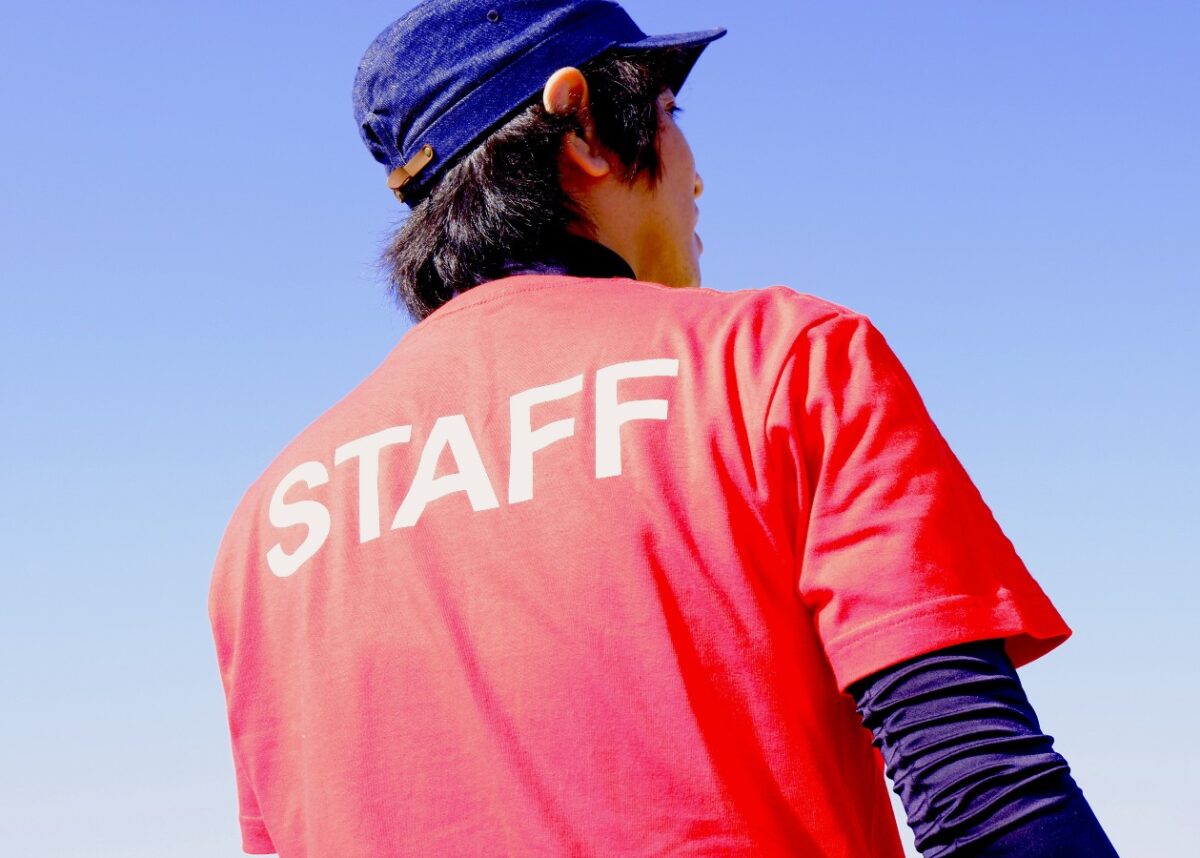Nicole Sutton, University of Technology Sydney; Deborah Parker, University of Technology Sydney, and Nelson Ma, University of Technology Sydney
One of the most significant outcomes from the aged care royal commission was the federal government’s commitment this year to mandate minimum staffing levels in residential aged care homes by 2023.
Our study, published today, shows only a tiny fraction of aged care homes would already comply with the new requirements.
Substantial increases in staffing will be needed across the sector, placing even more pressure on an industry already struggling to meet the needs of a growing number of Australians.
What are minimum staffing standards?
Minimum staffing standards are designed to ensure all aged care homes have sufficient staff to meet their residents’ care needs. This type of regulation already exists in several countries, including the United States, Japan and Germany.
Japan and Germany both prescribe minimum staff-to-resident ratios. In the United States, homes must have a certain number of staff on site each day and many states regulate the minimum time staff spend with residents. Also, while some countries mandate requirements for all care staff, others target specific roles, such as licensed nurses.
In Australia, licensed nurses include both registered nurses (RNs), who have at least a bachelor’s degree, and enrolled nurses who have completed a two-year diploma.
However, most aged care is provided by unlicensed personal care workers, who don’t need formal qualifications.
Australia’s new staffing standard has three requirements that will be mandatory from October 1, 2023:
- providers must ensure residents receive at least 200 minutes of total care per day
- at least 40 minutes of that care must be provided by an RN
- an RN must be on site for morning and afternoon shifts each day.
These requirements are stated as industry averages with each home’s requirements adjusted based on the relative complexity of their residents’ care needs.
Why are minimum standards necessary?
The royal commission heard evidence that more than half of all Australian residents in aged care (57.6%) live in aged care homes with inadequate staff.
In the final report, it stated
all too often, and despite best intentions, aged care workers simply do not have the requisite time, knowledge, skill and support to deliver high quality care.
For example, the commission heard testimony from families of residents at an understaffed home in Victoria, where staff didn’t have time to help residents go to the toilet or eat meals, or attend to their clinical care.
The commission also heard about the dangers of not having enough trained nurses. One witness described a regional home where three nurses had to look after up to 80 residents on weekends.
The witness’ father, a resident living with dementia, had been neglected and hospitalised on several occasions due to falls that occurred while left unattended.
What did we find?
Our study of historical staffing levels found few aged care homes (3.8%) had staffing above all three requirements of the new standard.
While many homes (79.7%) would meet the requirement to have an RN on site, few had levels above daily requirements for total direct care (10.4%) or RN care (11.1%).
The homes that fell short of these two requirements will need to increase staff time by an average of 43 minutes of total care per day and 18 minutes of RN time per day.
We also found evidence the new standard is likely to cause different pressures for homes across the sector. The homes most at risk of non-compliance are likely to be larger with more residents to care for, located outside metropolitan cities and run by small providers.
Interestingly, while smaller homes were more likely to meet the two requirements about daily minutes, they were much less likely to have an RN on site for two shifts.
So what needs to change?
The new minimum standards are a crucial piece of regulation to ensure Australian aged care homes provide sufficient staff to deliver quality care to residents.
However, this requires a substantial expansion of a workforce already under strain. Workforce shortages are already a problem due to the COVID-19 pandemic, with low immigration and additional work demands, such as infection control and handling family requests.
A report published in August by the Committee for Economic Development of Australia suggests even without the minimum standards, Australia’s aged care workforce needs to grow by an additional 17,000 workers per year between now and 2030.
Our study highlights areas requiring urgent action. For example, the new requirements will likely cause a dramatic increase in demand for RNs. While training and retention initiatives announced in the recent federal budget will help, much more will be required, such as improved working conditions and pay, to arrest the decline of RNs in the sector.
In addition, targeted government support will likely be required to help homes outside the major cities, and those smaller in size, to attract appropriate care workers to fill shortfalls.
Such measures will be required to enable a fair transition towards compliance with the minimum staffing standard within the sector.
Nicole Sutton, Senior Lecturer in Accounting, University of Technology Sydney; Deborah Parker, Professor of Nursing Aged Care (Dementia), University of Technology Sydney, and Nelson Ma, Senior Lecturer, University of Technology Sydney
This article is republished from The Conversation under a Creative Commons license. Read the original article.












